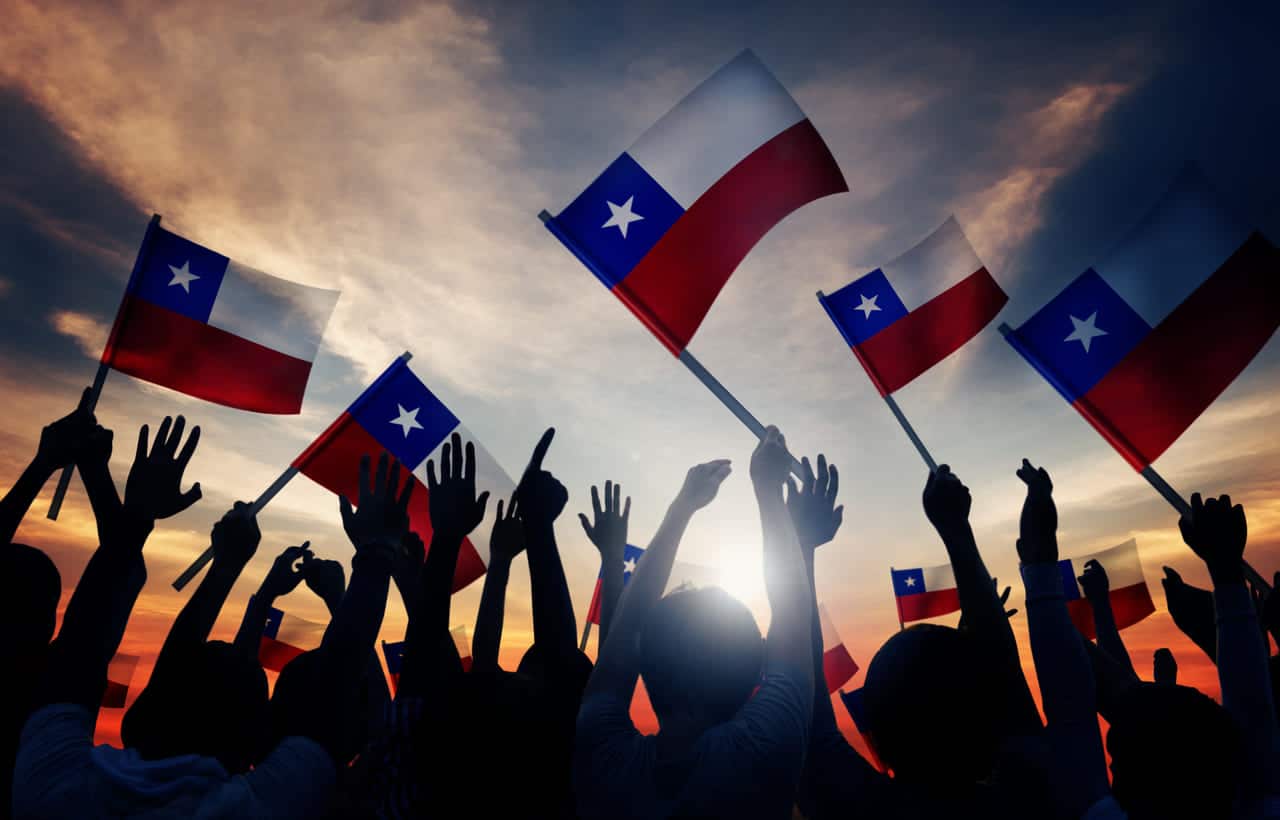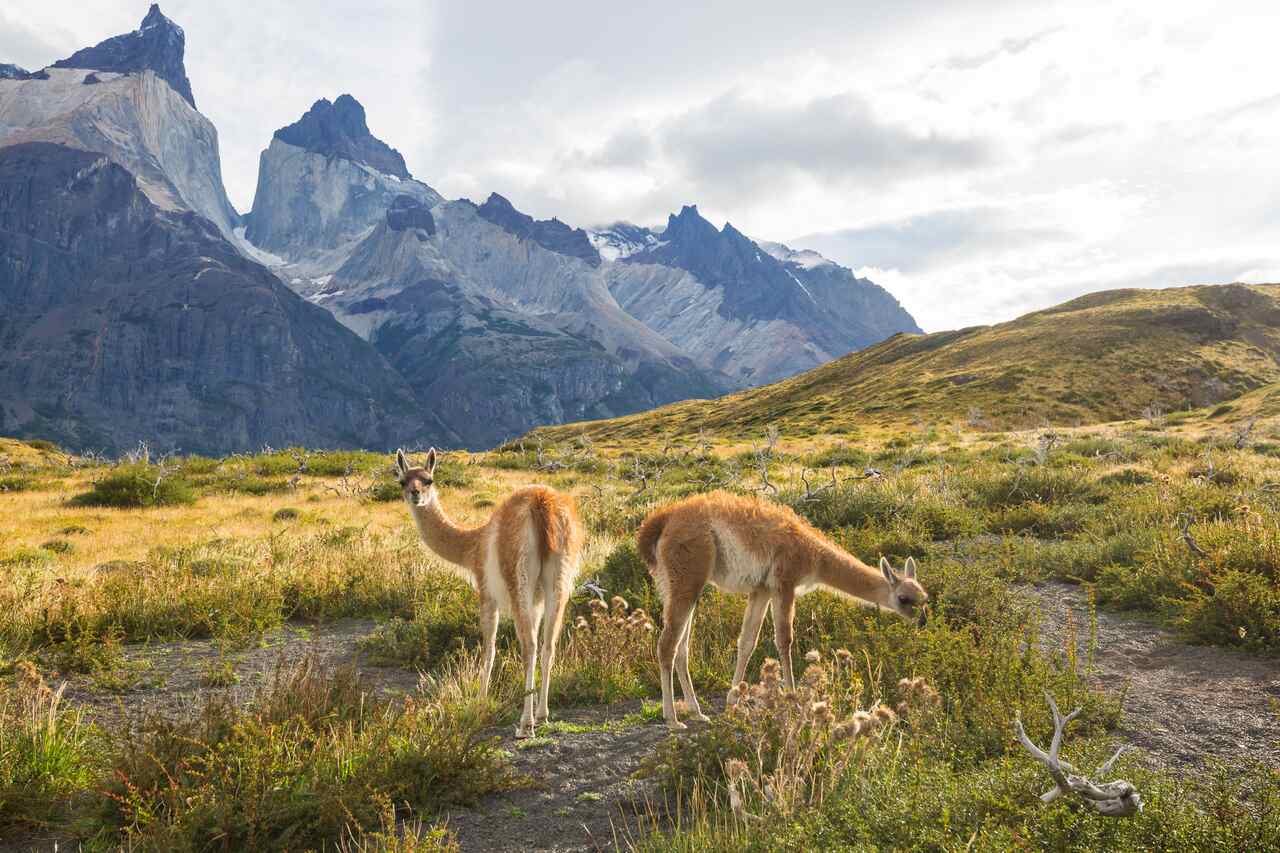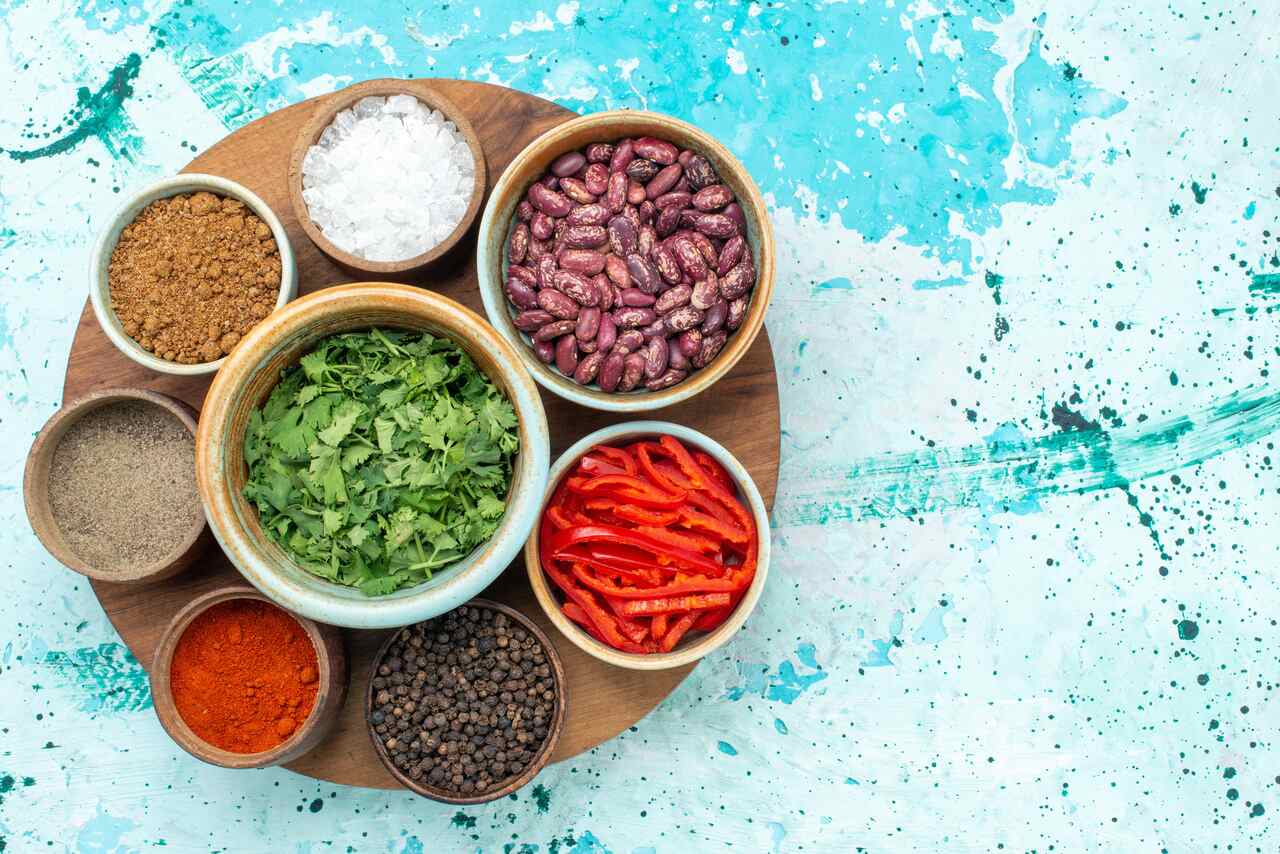
Traditions in Chile: A Vibrant Culture of Celebration
DATE:
Nestled between the Andes and the Pacific, Chile boasts a kaleidoscope of traditions. From the magnetic pull of dances to the enticing allure of its world-renowned wines, this country celebrates its rich history with unmatched enthusiasm. Delve into Chile’s heart, where every festival tells a story, and each tradition paints a vivid picture of its mesmerizing cultural tapestry. Welcome to Chile – a nation pulsating with life and vibrant traditions.
Chilean Festivals: A Symphony of Tradition and Joy
Fiestas Patrias: Chile’s Independence Celebration
When the month of September begins in Chile, you can feel the excitement building in the air. Fiestas Patrias, often referred to as Chile’s Independence Day, is not just a day but a week-long festival. Originating from the proclamation of the First Governing Body of 1810, which marked the beginning of the end of Spanish rule, this celebration is the heart of Chilean patriotism.
Streets transform into a sea of red, white, and blue, reflecting the national flag’s colors. Everywhere you look, kites are flying, parades are marching, and people are dancing. Food stalls, brimming with traditional treats like empanadas and anticuchos, become popular hangout spots. But what truly steals the show is the cueca dance. Men in their huaso (Chilean cowboy) attire and women in their flowy dresses dance with white handkerchiefs, re-enacting a playful courting ritual.
Grape Harvest Festival: A Toast to Chile’s Winemaking Legacy
Chile’s geographical location, nestled between the Andes Mountains and the Pacific Ocean, has blessed it with a climate perfect for viticulture. The Grape Harvest Festival celebrated between March and April, is not just a nod to the country’s winemaking prowess but a full-blown celebration of its legacy. Every wine-producing region, from the Maipo Valley close to Santiago to the Colchagua Valley in Central Chile, has its version of the festival.
Visitors get a hands-on experience: from picking grapes, and participating in the age-old tradition of grape stomping, to tasting exquisite Chilean wine, especially the renowned red wines that have carved a niche in the global market. Folkloric music, dance, and wine queens crowned among the vineyards make this a festival hard to forget.
Fiesta de La Tirana: Faith and Festivity Intertwined
Nestled in the northern desert of Chile is the town of La Tirana. Every July, the town, otherwise quiet, becomes a hotspot of festivity, attracting over 200,000 visitors. Fiesta de La Tirana is a blend of indigenous and Catholic traditions, a true representation of Chile’s diverse cultural tapestry.
The fiesta is a dedication to the Virgen del Carmen, with believers seeing her as a protector of the Chilean people. The streets become alive with vibrant parades, dancers in elaborate costumes, and the pulsating rhythms of drums. The traditional devil dance, with dancers dressed as demons, is particularly mesmerizing.
Easter Island’s Unique Celebrations
Known globally for its mysterious moai statues, Easter Island, or Rapa Nui as locals call it, has a rich tapestry of traditions. Rooted in its Polynesian heritage, the island’s festivals are a world apart from mainland Chile. The Tapati Rapa Nui festival, held in February, is a prime example.
Among its many events, the haka pei competition stands out. It’s not for the faint-hearted! Participants, on banana tree trunks, slide down steep slopes, reaching thrilling speeds. Alongside, the canoeing competitions are a testament to the islanders’ deep connection with the Pacific Ocean. Teams in hand-made reed boats race, echoing the ancient Polynesian traditions.
Chilean Culture: Beyond Festivals
The Dance of Tradition: Cueca
The national dance of Chile, cueca, is more than just a dance; it’s a representation of Chilean culture. This traditional Chilean dance is a captivating blend of Spanish colonial and indigenous influences, showcasing the country’s diverse heritage.
Chilean Cuisine: A Gastronomic Adventure
From the heartwarming cazuela to the iconic empanada, Chilean cuisine is a delightful journey. Meat, especially lamb and beef, holds a significant place. And what’s a meal without a glass of exquisite Chilean wine to accompany it?
The Warmth of Chilean Families
Family is the cornerstone of life in Chile. Chilean families come together during national holidays, Christmas Eve, and Christmas Day, strengthening bonds over shared meals and stories.

The Blend of Indigenous and Spanish Influences
The Catholic Traditions and Chile
A significant influence from Spain is the presence of Catholic traditions in Chilean culture. Celebrations such as Semana Santa (Holy Week) and the veneration of the Virgen del Carmen at Mount Carmel are testament to this. This patron saint has her sanctuary, the Virgin’s Sanctuary, thronged by believers during Fiestas de La Tirana.
Mapuche People: The Indigenous Essence of Chile
One cannot discuss traditions in Chile without mentioning the Mapuche people. Their ancestral calendar, practices, and ceremonies, especially during the winter solstice, play an essential role in shaping the country’s cultural identity. They offer a contrast to the more widespread Catholic traditions, showcasing Chile’s rich tapestry of beliefs.
DID YOU KNOW…?
While many countries celebrate the Day of the Dead, Chile has a tradition called “La Noche de las San Juan” on June 24th. On this night, locals believe the spirits of the dead return to Earth. Children make lanterns, and families go out to cemeteries to welcome the spirits with soft lights.
Chilean National Symbols and Their Significance
The Chilean Flag: A Symbol of Pride
The Chilean flag, known as “La Estrella Solitaria” or “The Lone Star”, stands as a testament to the nation’s history and values. With its two horizontal bands, the white represents the snow-capped Andes Mountains, while the red signifies the blood of independence fighters. The blue square and white star symbolize the sky, the Pacific Ocean, and a guide to progress. During Fiestas Patrias, this flag is everywhere, underscoring Chilean unity and pride.
National Sport: Chilean Rodeo
Forget the Wild West – Chile has its rodeo, the Chilean Rodeo. Deeply rooted in history, this sport sees “huasos” (Chilean cowboys) pinning a calf against cushions in an arena. Beyond the competition, it’s a vibrant display of Chilean traditions, from traditional attire to folk dances like cueca. A true celebration of Chile’s rural life and values.
Memorable Festivals and Traditions
New Year Traditions: Yellow Underwear and Grapes
As the clock strikes midnight, many Chileans wear yellow underwear for good luck. But that’s not all! Eating 12 grapes, symbolizing wishes for each month, is also a common practice.
Gabriela Mistral: A Cultural Icon
Speaking of influences and traditions, one cannot ignore Gabriela Mistral, the Nobel laureate whose works resonate with the essence of Chile and Latin America.
Mapuche People: Celebrating the Winter Solstice
Deep within Chile’s cultural fabric lies the influence of the Mapuche people, one of the country’s largest indigenous groups. Their traditions and beliefs, while ancient, remain an integral part of modern Chilean life.
One of the most significant Mapuche celebrations is the We Tripantu or the Winter Solstice festival. Occurring around June 24th, it marks the Mapuche New Year. This festival celebrates the rebirth of the sun and the start of a new agricultural cycle. As the shortest day of the year ends, the Mapuche prepare for longer days, symbolizing renewal and hope.
Rituals include family gatherings near rivers, where they cleanse themselves in the cold waters, believing it purifies the soul. Traditional foods are also a huge part of the celebration, offering a gastronomic journey into the heart of Chile’s indigenous heritage.
The We Tripantu isn’t just a festival; it’s a testament to the rich tapestry of traditions in Chile and the enduring legacy of the Mapuche people.

While exploring Chile’s culture, one thing is clear: Chileans love to celebrate! Whether it’s the vastness of the Pinochet regime or the intimate setting of a small town, every aspect of life in Chile is marked by vibrant celebrations, rituals, and traditions.
Festivals like the Grape Harvest Festival in Central Chile celebrate the bounty of the land. Meanwhile, in Santiago, street stalls overflow with food, crafts, and trinkets during national celebrations. The celebration of freedom, free speech, and rights during Fiestas Patrias is a nod to the country’s history.
Dancing under tree branches or celebrating near the Pacific Ocean’s shores, Chileans tend to make every moment memorable. Their enthusiasm for life, paired with a rich historical and cultural background, makes Chile one of the most intriguing places in Latin America.
FUN FACT…
Don’t Hand the Salt!: In Chile, passing the salt directly from hand to hand is believed to bring bad luck. To avoid this, the salt should be first placed on the table before the other person picks it up.
Now You Are Ready To Celebrate in Chile!
From the passionate dance steps of cueca to the communal spirit of fiestas patrias, the traditions in Chile offer a profound insight into the heart and soul of the nation. Whether you’re a cultural enthusiast or a traveler seeking authentic experiences, Chile promises a deep dive into a world of rich traditions and celebrations.
Considering diving deeper into the Spanish language and understanding the nuances of Chilean culture? SpanishVIP is here to help! Our Dedicated Teachers ensure you learn at your pace while our Student Success Advisors support your journey. Take the plunge into the world of Spanish and start with a free 1:1 class class or indulge in a full week of free group classes.











